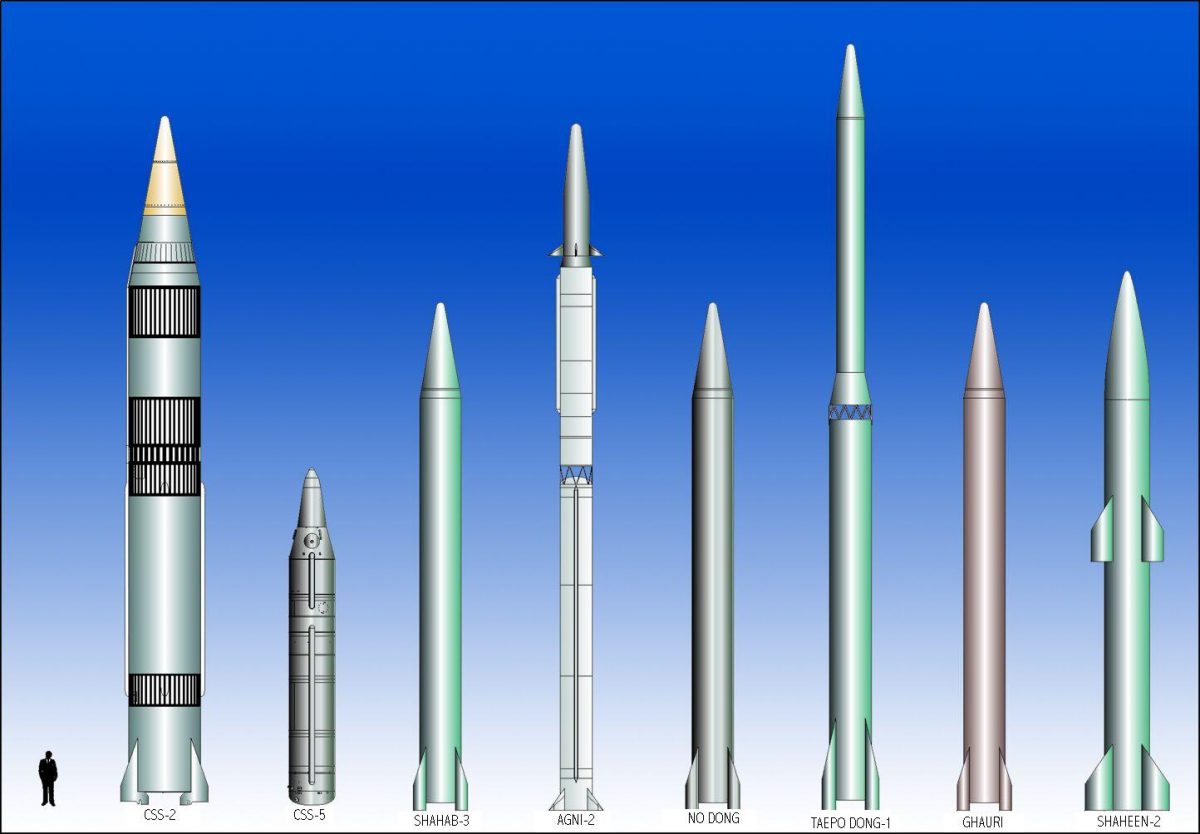US nuclear weapons policies are alarmingly dangerous.
The United States tested the first atomic device in July of 1945. Seven years later, it exploded the first thermonuclear weapon—designed in part by Richard Garwin, who now serves on the board of the Union of Concerned Scientists.
In the following years, the United States amassed many thousands of nuclear weapons, each capable of immense destruction. At the height of the Cold War, the United States maintained roughly 30,000 nuclear bombs and warheads, though the total number of weapons has fallen, thanks in part to US-Soviet and US-Russian treaties and agreements.
The policies governing when, where, and why the United States would use nuclear weapons remain unconscionably risky.
The US arsenal
As of 2019, the US arsenal contained some 3,800 nuclear weapons, 1,750 of which are deployed and ready to be delivered. Their destructive capabilities range widely: the most powerful weapon—the “B83”—is more than 80 times more powerful than the bomb dropped on Hiroshima. The smallest weapon has an explosive yield of only 2 percent that of the Hiroshima bomb. Such “low-yield” weapons are designed to be used on the battlefield, increasing the likelihood they may actually be used.
The country’s weapons are deployed in submarines and in 80-foot-deep missile silos across the western United States. Others are stored at air force bases, where they can be loaded on long-range bombers. Some 150 US bombs are deployed at airbases in five European countries.
The arsenal’s primary purpose is “deterrence”—i.e., it’s intended to dissuade others from launching a nuclear attack. However, current policies allow the United States to use nuclear weapons first against Russia, China, or North Korea, effectively beginning a nuclear war.
New weapons
Over the coming years the Pentagon plans to spend more than a trillion dollars maintaining and rebuilding the entire US nuclear arsenal, which is both unnecessary and unwise. US weapons are maintained and upgraded on an ongoing basis and many don’t require replacement. Certain types should be eliminated altogether because they are redundant and provocative.
The main outcome of the Pentagon’s spending spree may be to spark an arms race with Russia and China, which would be expensive and dangerous—especially in the absence of strong arms control agreements.
Policies
The risk of nuclear war has as much to do with policy as it does to do with the weapons themselves.
In the United States, the President is granted sole authority to launch nuclear weapons. He or she doesn’t need to consult with anyone beforehand and can issue a launch order with very few checks and balances.
It’s also US policy that nuclear weapons can be used first in a non-nuclear conflict with a nuclear-armed state, i.e. not only in retaliation. If the United States crossed the nuclear threshold and started a nuclear war, it would open up our country to a retaliatory attack.
Additionally, 400 land-based missiles are kept on hair-trigger alert, meaning they’re maintained in a ready-for-launch status. Current policy allows the United States to launch these missiles on warning of an incoming attack, despite a long history of false alarms and close calls.
Collectively, these and other policies increase the risk of nuclear war. Better policies would reduce that risk.
